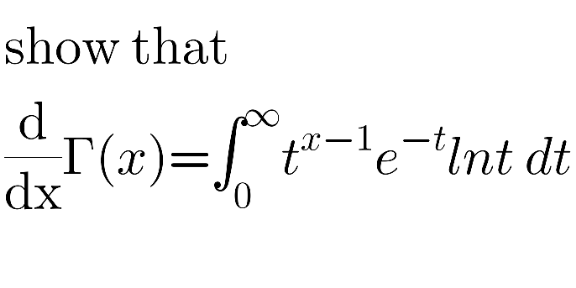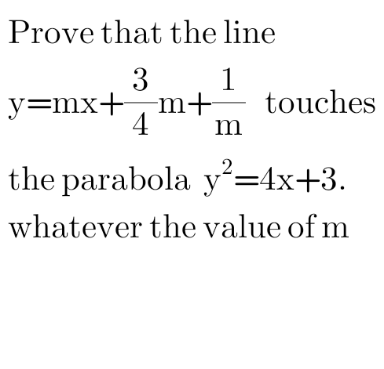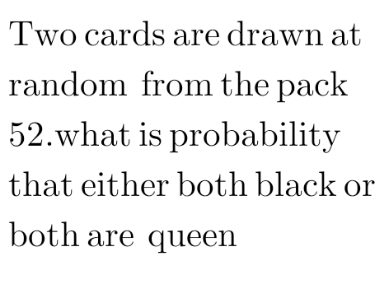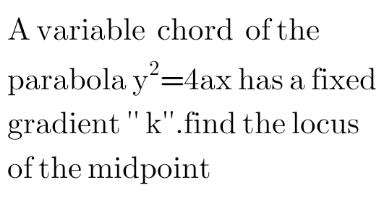
AllQuestion and Answers: Page 999
Question Number 119970 Answers: 3 Comments: 0
$$\:\int\:\frac{{dx}}{{x}^{\mathrm{2}} \sqrt{\mathrm{25}−{x}^{\mathrm{2}} }}\:? \\ $$
Question Number 119969 Answers: 1 Comments: 0

Question Number 119965 Answers: 1 Comments: 0

Question Number 119961 Answers: 3 Comments: 0
Question Number 119960 Answers: 1 Comments: 0

Question Number 119956 Answers: 2 Comments: 0
Question Number 119939 Answers: 3 Comments: 0

Question Number 119937 Answers: 3 Comments: 0
Question Number 119934 Answers: 2 Comments: 0
Question Number 119933 Answers: 4 Comments: 0
Question Number 119930 Answers: 1 Comments: 0

Question Number 119928 Answers: 2 Comments: 0

Question Number 119922 Answers: 0 Comments: 0

Question Number 119921 Answers: 2 Comments: 0
Question Number 119920 Answers: 5 Comments: 0
Question Number 119919 Answers: 1 Comments: 0
Question Number 119915 Answers: 1 Comments: 0

Question Number 119914 Answers: 0 Comments: 0

Question Number 119909 Answers: 2 Comments: 0
Question Number 119902 Answers: 3 Comments: 0
Question Number 119896 Answers: 2 Comments: 1

Question Number 119894 Answers: 2 Comments: 0

Question Number 119893 Answers: 2 Comments: 0

Question Number 119892 Answers: 1 Comments: 0

Question Number 119891 Answers: 0 Comments: 0
Question Number 119876 Answers: 0 Comments: 0

Pg 994 Pg 995 Pg 996 Pg 997 Pg 998 Pg 999 Pg 1000 Pg 1001 Pg 1002 Pg 1003
